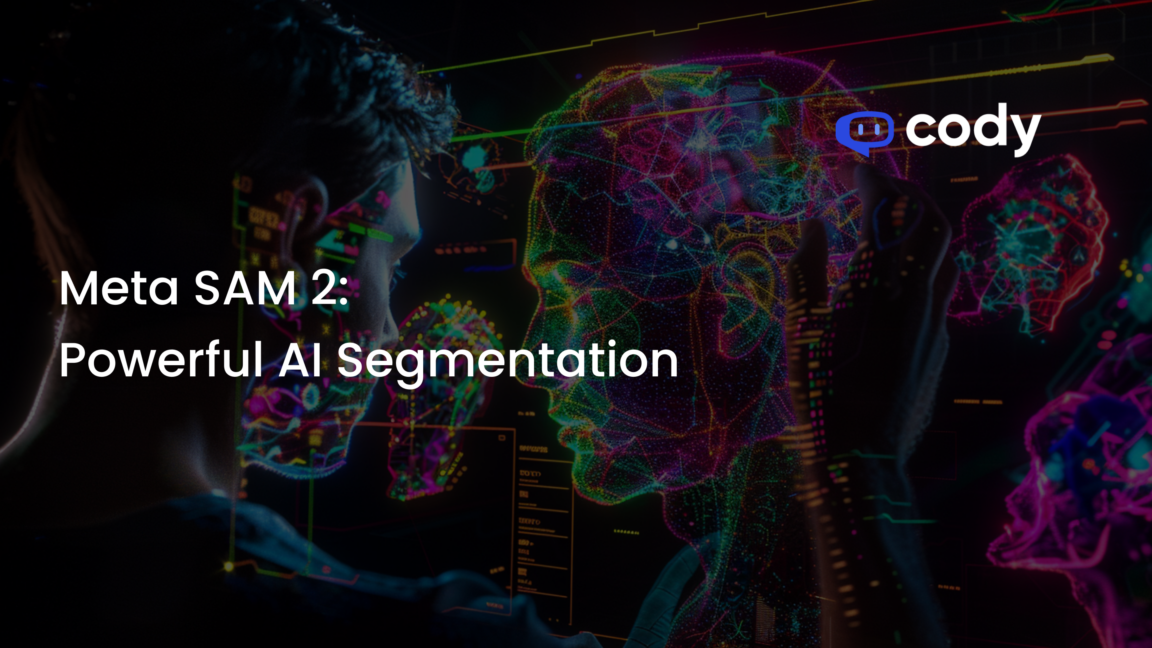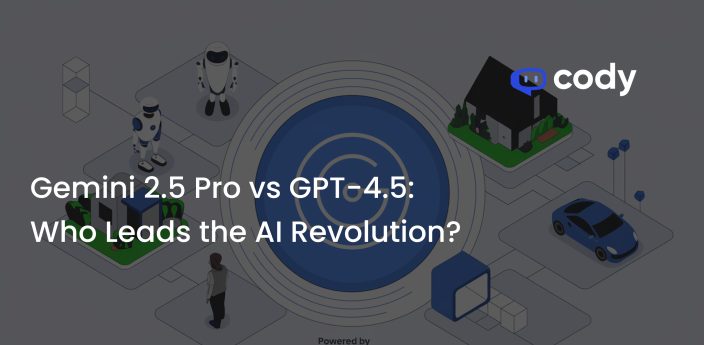
Meta SAM 2: The Future of AI Image Segmentation
What is Meta’s SAM 2?
Meta AI has made significant strides in advancing AI image segmentation technology with the release of the Segment Anything Model (SAM). Initially, SAM was designed to democratize object segmentation by enabling the segmentation of any object in any image or video without the necessity of task-specific expertise, extensive training, or data annotation . Building on this foundation, Meta AI introduced SAM 2 as a substantial upgrade to the original model, pushing the boundaries of what is possible in the domain of AI Image segmentation.
SAM 2 presents a unified model that supports real-time, promptable segmentation across both images and videos. This new version significantly enhances segmentation accuracy and performance while reducing interaction time by threefold compared to its predecessor . SAM 2’s zero-shot generalization ability allows it to segment objects in previously unseen visual content without the need for custom adaptations, making it highly versatile and powerful.
The significance of SAM 2 in the field of object segmentation cannot be overstated. It offers a comprehensive solution for a broad range of applications, from augmented reality to scientific research. By providing seamless integration across image and video data, SAM 2 is poised to revolutionize how we interact with and analyze visual content.
Key Features of Meta’s SAM 2

The Segment Anything Model 2 (SAM 2) introduced by Meta AI brings several groundbreaking features that set it apart from its predecessor. Firstly, SAM 2 excels in real-time, promptable object segmentation, offering seamless functionality for both images and videos. This means users can segment objects swiftly, enhancing efficiency in various applications ranging from content creation to scientific analysis.
One of the most remarkable features of SAM 2 is its zero-shot generalization capability. This allows the model to accurately segment objects in visual content it has never encountered before without any custom adjustments. Such versatility makes SAM 2 highly adaptable across different domains, from underwater photography to medical imagery.
Moreover, SAM 2 offers enhanced segmentation accuracy while drastically reducing interaction time by threefold compared to the original model. This improvement is crucial for applications requiring quick and precise object segmentation, thereby elevating user experience and productivity . As a unified model, SAM 2 supports diverse real-world use cases, paving the way for innovative AI-driven experiences.
Applications of SAM 2 in AI Image Segmentation
The Segment Anything Model 2 (SAM 2) by Meta brings transformative capabilities to various fields, notably enhancing the way we interact with and understand visual data. In augmented and virtual reality (AR/VR), SAM 2 can be utilized for object segmentation based on user gaze, allowing for a more intuitive and immersive experience. For example, users can select and manipulate virtual objects merely by looking at them, revolutionizing user interfaces and interaction patterns.
In the creative industry, SAM 2 proves invaluable for tasks such as video editing and creating digital collages. Its ability to perform real-time, accurate AI image segmentation allows creators to isolate and edit elements within images and videos quickly and efficiently. This opens up new avenues for innovative content and artistic expression.
Moreover, SAM 2 holds significant potential in scientific research. It has already shown promise in marine science, where it can segment and analyze underwater images, and in medical imaging, where it aids in identifying cellular structures or detecting conditions like skin cancer. These applications not only enhance research capabilities but also contribute to advancements in scientific knowledge and medical diagnostics.
Impact and Future Prospects
The advent of Meta’s Segment Anything Model 2 (SAM 2) marks a significant shift in the landscape of AI image segmentation, particularly by reducing the necessity for task-specific expertise and extensive data annotation. Traditionally, creating accurate segmentation models required specialized skills and access to large volumes of annotated data. SAM 2, with its promptable segmentation paradigm and massive SA-1B dataset, democratizes this process, making AI image segmentation more accessible to a broader audience.
The integration of SAM 2 extends across various industries and AI systems. From enhancing AR/VR experiences by enabling object segmentation based on user gaze to improving content creation through real-time video editing, SAM 2’s applications are vast. Industries such as marine science and medical imaging also benefit significantly, with capabilities like underwater image analysis and cellular structure identification transforming research and diagnostics.
Looking ahead, SAM 2 holds immense promise in advancing computer vision and multimodal understanding. Its ability to apply zero-shot generalization to unseen visual domains opens up new possibilities, including faster annotation tools for visual data in autonomous vehicles and innovative video effects in real-time. As part of a larger AI system, SAM 2 could foster more profound multimodal insights, potentially revolutionizing how we interact with and understand visual information in diverse contexts.
Along with the Meta Segment Anything Model 2 (SAM 2), we also released SA-V: a dataset containing ~51K videos and >600K masklet annotations.
We’re sharing this dataset with the hope that this work will help accelerate new computer vision research ➡️ https://t.co/PkgCns9qjz pic.twitter.com/j6hDTFWH4b
— AI at Meta (@AIatMeta) July 30, 2024
Introducing Meta Segment Anything Model 2 (SAM 2) — the first unified model for real-time, promptable object segmentation in images & videos.
SAM 2 is available today under Apache 2.0 so that anyone can use it to build their own experiences
Details ➡️ https://t.co/eTTDpxI60h pic.twitter.com/mOFiF1kZfE
— AI at Meta (@AIatMeta) July 29, 2024



